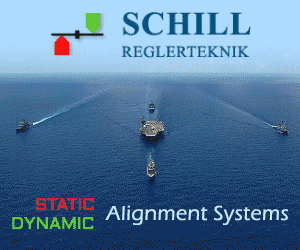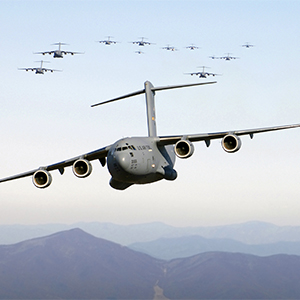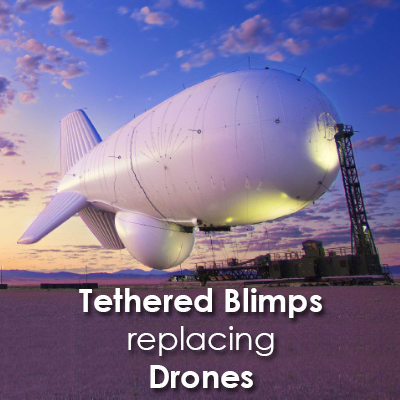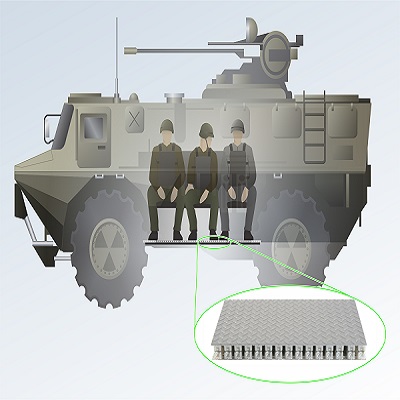Articles
Role Of Accelerometers In Military / Aerospace Applications

A dynamic sensor that's capable of a vast range of sensing is best defined as an accelerometer. It's one of the most common inertial sensors. The accelerometers are used commonly for aerospace and aviation applications to measure and understand performance criteria. To ensure that the operational specifications are satisfied, such measurements complement development, research and testing. Most accelerometers are Micro-Electro-Mechanical Sensors (MEMS technology) based. The MEMS provide low-power, ultra-low mass components which may be included into a variety of aerospace systems. Compared to traditional MEMS markets such as home computers and automobiles, the aerospace-specific MEMS are limited by the relatively small size of the aerospace vehicle market. The MEMS devices or systems have the ability to control, actuate and sense on the micro scale, and produce effects on the macro scale. These sensors could be deployed in public buildings, military camps, airports and other strategic locations. Moreover, for military applications, miniaturized MEMS sensors have become popular. To provide technical solutions for the modern forces, many agencies are working on MEMS sensors for military and defence projects.
MEMS Technology In Military Applications
The MEMS technology in military applications is used in these five varied applications. These were mainly chosen as they rely heavily on cost, size and self-containment benefits of MEMS systems, and at times they appear to be viable using near-term or current developmental technologies.
- CHEMICAL ATTACK WARNING SENSOR
The MEMS chemical sensors are currently being developed for the semiconductor wafer industry. It may also be possible to develop chemical sensors for the soldier, which inform him of the presence of noxious chemicals. Micro-chemical sensors are also being addressed by numerous other researchers. The size and cost are the major benefits that MEMS bring to this application. Currently, the chemical sensors carried by man are expensive and bulky, built of distinct components. The MEMS technology would allow the systems to be mini-sized, throwaway modules, customized to the threat. The MEMS device used in military applications should be able to precisely detect chemical agents below the thresholds, at which those agents become harmful to the soldier. It should also meet all the usual military requirements of long shelf life, ease of use, ruggedness, etc.
- IDENTIFICATION FRIEND OR FOE (IFF)
To signal a vehicle's presence, most of discrimination aids use active beacons, reflective tapes, or transponders. Such systems, especially in fluid battlefields with intermingled forces, are extremely susceptible to interception. A concept for an IFF system was developed by a senior researcher based on macro-sized corner cubes mounted on the surface of a vehicle. The main benefits that MEMS provide to this application are - proliferation across the vehicle by reducing dust, mud problems and laser pointing errors. It does not require the system to be connected through armor to vehicle data/power buses. It has a low power drain because of minute actuator excursions, and has a fast response because of resulting high frequency of actuating elements and small size.
- ACTIVE SURFACES
Originally developed by Defense Advanced Research Projects Agency (DARPA), a special application of active surface technology is possible with the X-wing experimental aircraft. The key aspects provided by MEMS in all active surface applications are performance, size and self-contained operations.
- DISTRIBUTED BATTLEFIELD SENSOR NET (DBSN)
Vast sums have been invested by modern armies in fielding and developing systems to locate the enemy. There would be difficulties in detecting a number of important targets. However, MEMS could possibly help greatly in such task. A possible solution for this would be the distributed battlefield sensor net (DBSN). The basic idea behind this is to deploy a large number of disposable and cheap sensor systems over critical areas.
- MICROROBOTIC ELECTRONIC DISABLING SYSTEM (MEDS)
The MEDS would be present in the general target vicinity in a manner similar to DBSN. Rather than indiscriminate coverage of an area, timely and accurate placement of the MEDS devices appears to be important for payload, cost and time reasons.
MEMS Technology In Aerospace Applications
The use of MEMS technology in aerospace is used in a wide variety of applications. Few of them to include are -
- An active control of thin boundary layer flows with the potential to reduce drag, to eliminate conventional flight control surfaces, enhance aerodynamic performance of turbines, compressors, and low-observable intakes, provide lift-on-demand.
- Compared to conventional systems, complete navigation and inertial units on a single chip, which provide main benefits in terms of weight, size and cost over conventional systems.
- Arming and fuzing/safety systems for torpedo applications
- Applications in harsh environments
- Applications for storage environments monitoring, autonomous inventory and for service life predictions
- Spacecraft applications of micro machined systems. Extensive tests have been performed by the researchers and determined that space vacuum produces an ideal environment for some applications using MEMS devices.









